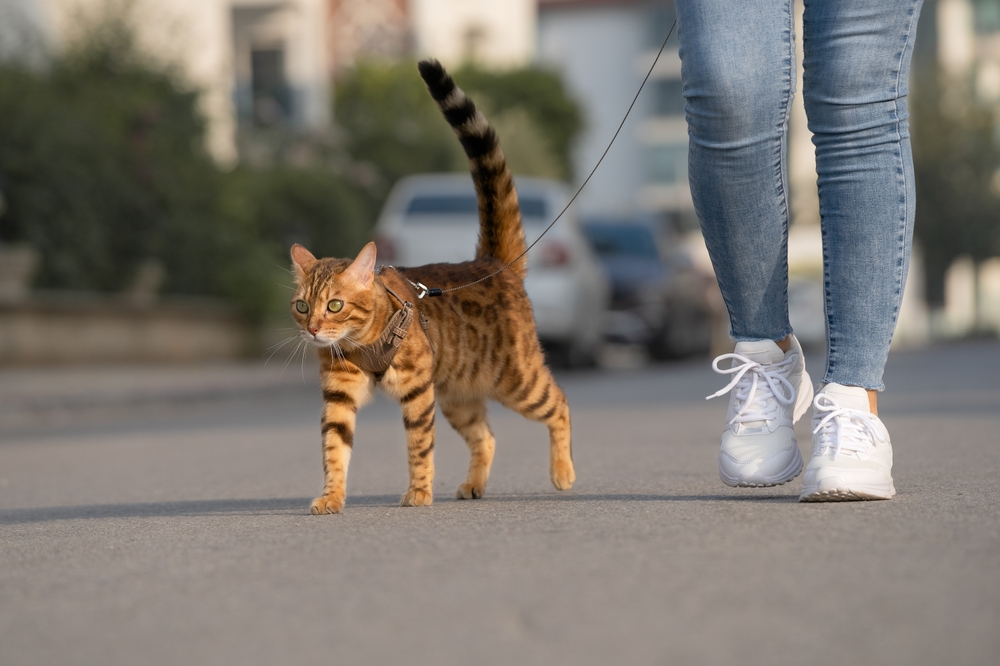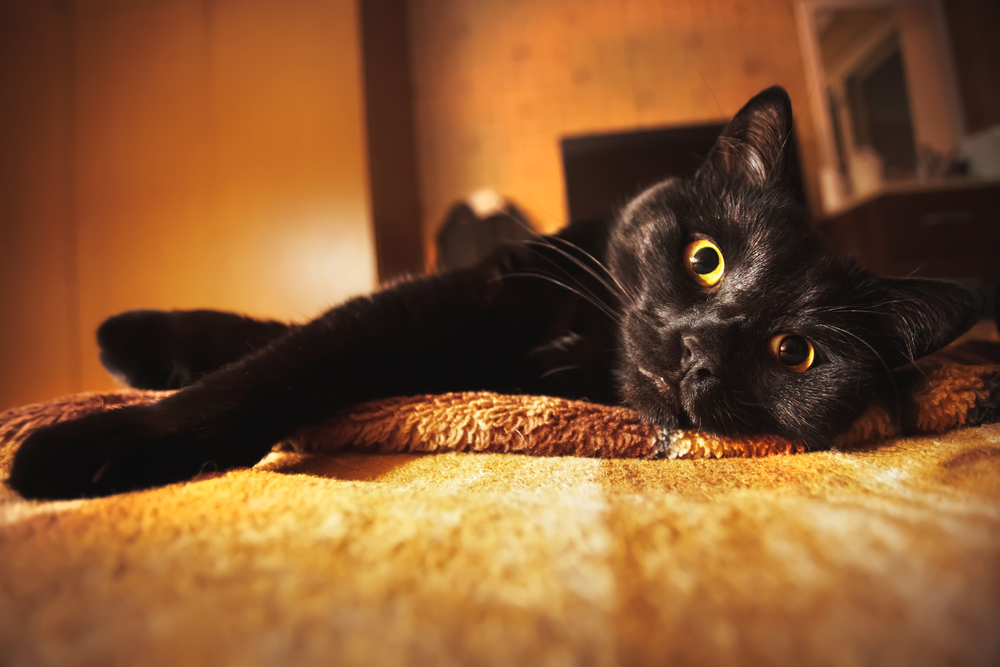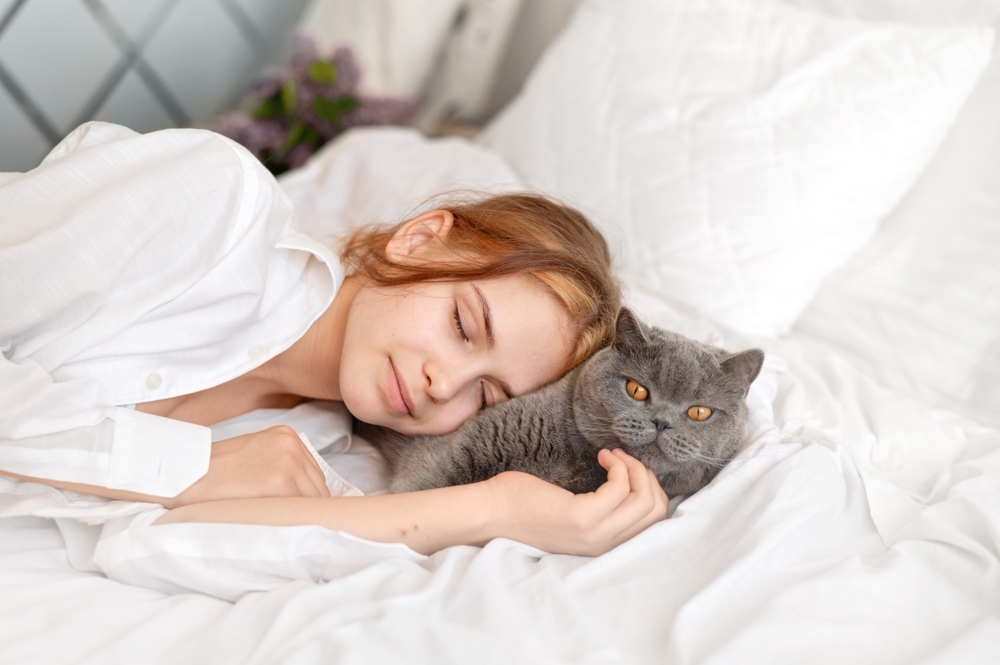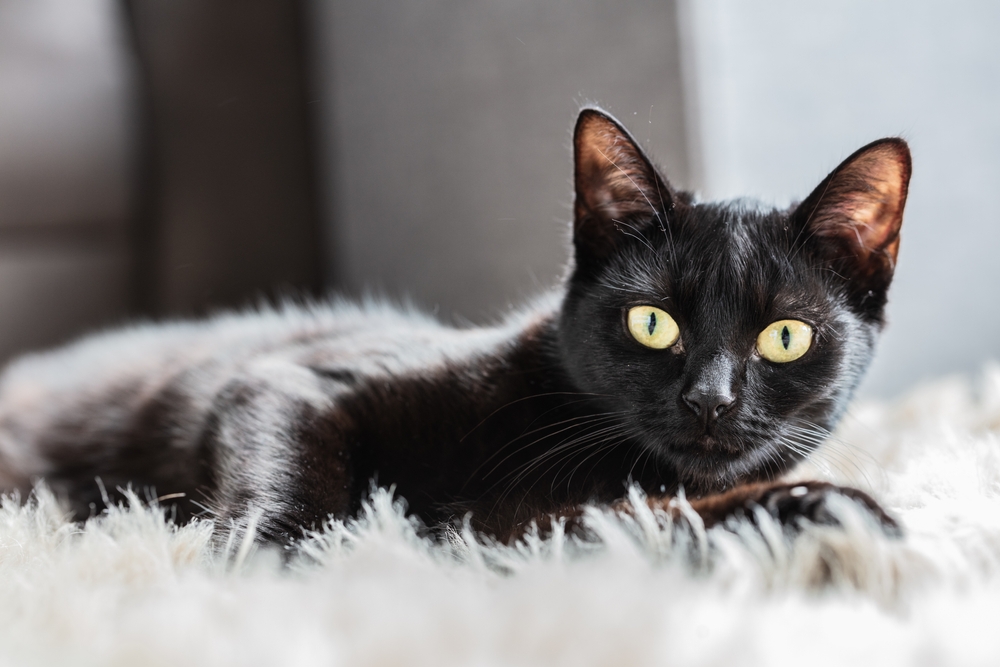When it comes to cats, there are plenty of myths. From their supposed aloofness to wild ideas about their behavior, many common beliefs just don’t hold up to feline reality. Let’s set the record straight about our furry friends with some fresh, eye-opening truths.
1. Cats Are Super Independent

One of the biggest myths is that cats are entirely self-sufficient. While cats may not demand constant attention like some pets, they crave companionship and interaction with their human friends. Cats can become lonely or even anxious when left alone for too long. Bonding moments like playtime, grooming, and gentle petting help keep them happy and healthy, showing that our supposedly “independent” friends are more social than we think.
2. Cats Always Land on Their Feet

Cats have impressive agility, but they don’t always land gracefully. The truth is, cats can—and do—get hurt from falls. Their flexible bodies and keen reflexes give them a good chance of landing feet-first, but from too high a distance, they can suffer serious injuries. This myth has, unfortunately, led to many injuries for cats whose owners mistakenly believe they can handle any fall. Cats need supervision, especially near balconies or open windows.
3. Cats Only Purr When They’re Happy

While purring is a classic sign of feline contentment, cats also purr in various situations, including when they’re in pain, stressed, or frightened. Purring can be a self-soothing behavior, almost like feline meditation. Cats may purr during visits to the vet or when they’re unwell, making it clear that purring isn’t a one-size-fits-all sign of joy—it’s a nuanced form of feline communication.
4. Cats Aren’t Trainable

Contrary to popular belief, cats are very trainable! They’re incredibly intelligent and can learn commands, tricks, and even how to use the toilet. While training cats may require more patience than with dogs, cats respond well to positive reinforcement. Clicker training and treats can help teach cats useful behaviors and discourage less desirable ones. So yes, you can train your cat—and have fun doing it, too.
5. Cats Are Nocturnal

Everyone says cats are nocturnal, but they are crepuscular, which means they’re most active at dawn and dusk. This behavior evolved from their wild ancestors, who hunted during these times for survival. While they might seem active at night, their natural rhythm is more about those twilight hours. Adjusting feeding and play schedules to these times can help sync up their energy with yours.
6. Cats Don’t Get Along With Dogs

The “cats vs. dogs” rivalry is mostly a myth. Cats and dogs can live together harmoniously and even form close bonds. Success largely depends on their personalities, early socialization, and proper introductions. Many households have cats and dogs who play, nap and groom each other. With the right approach and patience, cats and dogs can become best buddies, proving that they aren’t natural-born enemies.
7. Cats Aren’t Affectionate

Cats may not always show affection the same way as dogs, but they are capable of deep love and loyalty. Their affection might be subtle—think gentle head bumps, slow blinks, and curling up beside you. Some cats are incredibly affectionate, following their humans from room to room or curling up on their laps. Learning to recognize your cat’s unique love language reveals how devoted these “independent” creatures are.
8. Cats Can Be Left Alone for Days

The idea that cats can be left alone with a bowl of food and water for days is a harmful misconception. Cats may not need constant supervision, but they’re far from the “set it and forget it” pet. Extended absences can lead to stress, loneliness, and even health issues. If you will be gone for more than a day, it’s crucial to arrange for a pet sitter or a friend to check in and keep them company.
9. Black Cats Are Unlucky

The myth that black cats bring bad luck has ancient roots but has no truth to it. Black cats are considered good luck in many cultures, such as Japan and Britain. Sadly, this myth has led to a stigma against black cats, especially around Halloween. Black cats are just as loving, playful, and beautiful as any other cat, deserving of love and a forever home.
10. Cats Aren’t As Smart As Dogs

Cats and dogs have different kinds of intelligence, but saying one is “smarter” than the other misses the point. Cats are incredibly clever and possess impressive problem-solving skills. Studies have shown that cats can recognize their owner’s voice, learn from observation, and remember details for long periods. They might not always perform on command, but that doesn’t mean they lack intelligence—it just means they’re selectively smart.
